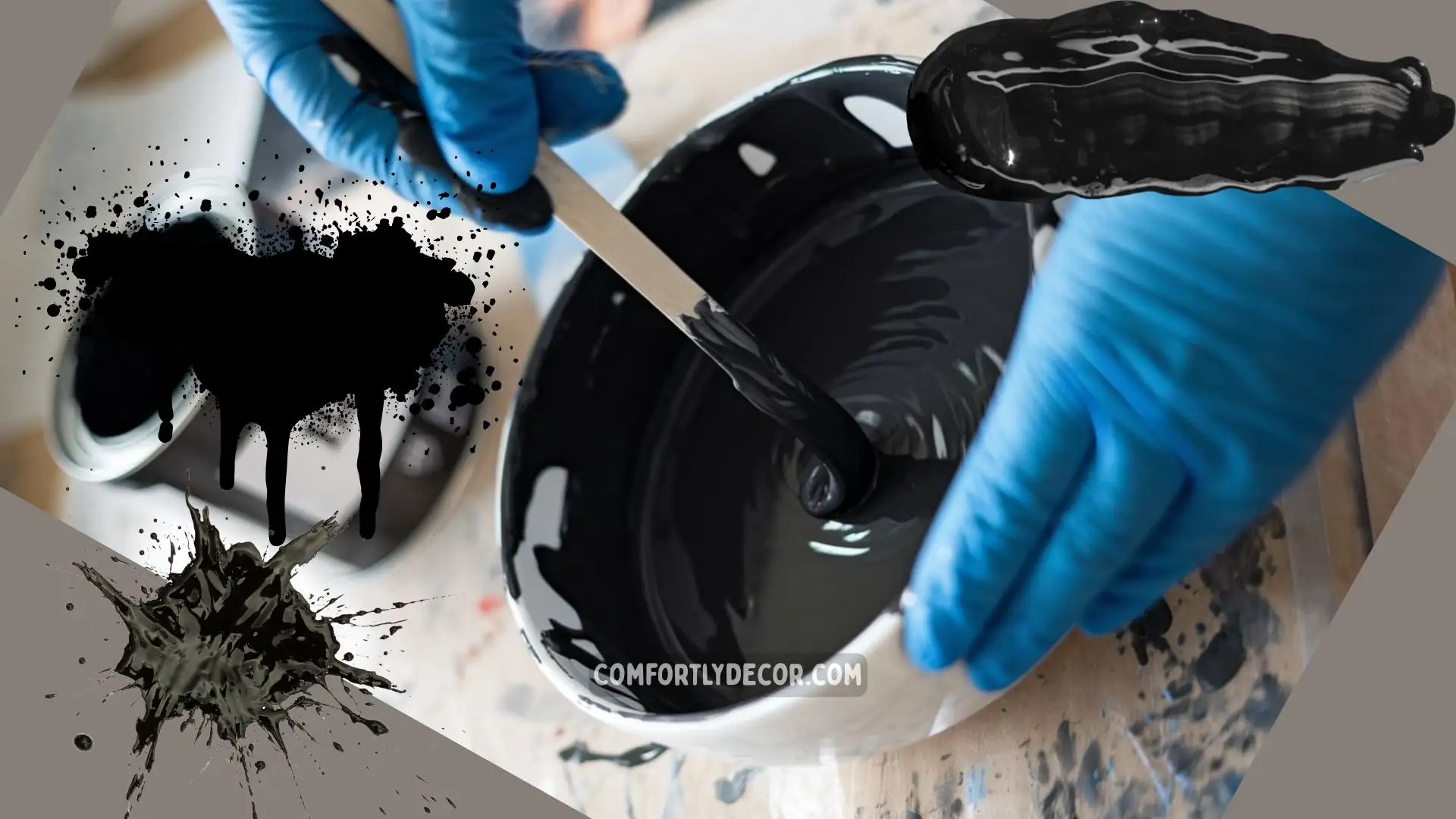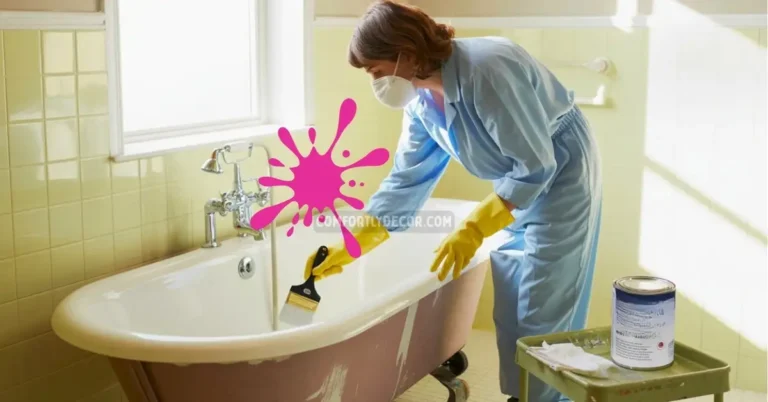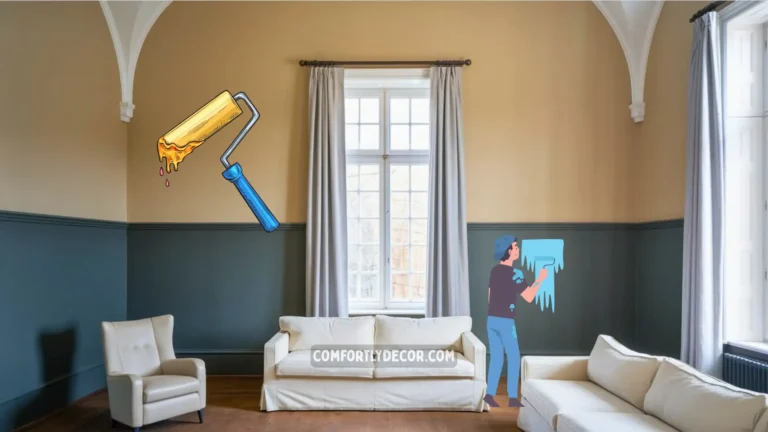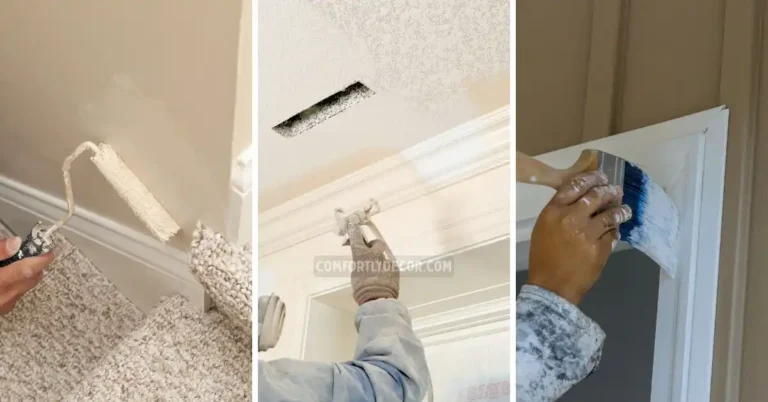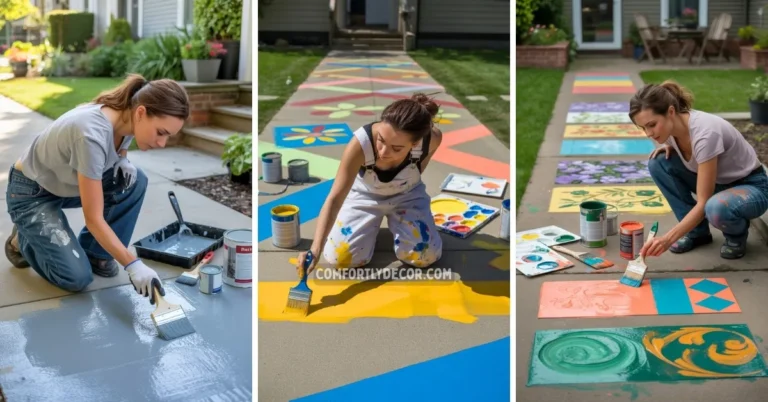How to Make Black Color Paint
Creative like an artist, resourceful like a DIY enthusiast, or simply curious about color mixing? Learning how to make black paint using primary colors and a bit of creativity can open up new dimensions in your artistic or DIY projects. Forget rushing back to the store; with a little knowledge of color theory, you can craft the perfect shade of black with materials you already own.
Not only does creating your own black paint save money, but it also allows for customization, and there’s something inherently satisfying about mastering the art of color blending. Whether you’re a painter, a homeowner updating a decor project, or a teacher aiming to inspire kids, this guide has everything you need to know.
Mastering Color Theory Basics
Before we dig into mixing techniques, it’s important to understand the basics of color theory.
Primary and Secondary Colors
Primary colors are the building blocks for all other colors. These are red, blue, and yellow. They cannot be created by mixing any other hues, making them essential for all your blending needs.
When two primary colors combine, they create secondary colors:
- Red + Blue = Purple
- Blue + Yellow = Green
- Yellow + Red = Orange
Complementary Colors and Their Role in Creating Black
Complementary colors are pairs of colors that sit directly opposite each other on the color wheel, such as:
- Blue & Orange
- Red & Green
- Yellow & Purple
When mixed, complementary colors neutralize each other and can result in various shades of black. Understanding this principle is key to achieving the tone and depth of black you desire.
Method 1 Mixing Black with Blue and Orange
One of the easiest ways to create black paint is by using blue and orange, a complementary color pair. This method works beautifully because blue and orange cancel each other out, forming a rich, deep black.
Steps to Mix Blue and Orange into Black
- Start with equal parts of blue and orange paint.
- Use a palette knife or brush to mix thoroughly.
- Assess the resulting shade. If it’s too light or leans too orange, add a small amount of blue to balance it out.
- Continue adjusting the ratio until you achieve the perfect black.
This method is a great starting point for beginners and offers consistent results.
Method 2 Exploring Other Color Combinations
If you want to experiment, there are alternative ways to create black paint with other complementary color combinations.
Purple and Yellow
Mixing purple and yellow can give you a slightly warmer black with subtle undertones. This combination is perfect for projects that require a deep yet dynamic black tone.
Red and Green
Blend red and green to form another variation of black. This method creates earthy undertones, making it a fantastic option for painting shadows or natural subjects like trees and rocks.
Experimentation is Key
Each pairing produces unique results, depending on the ratio and type of paint used. Don’t be afraid to experiment and adjust as you go.
Adjusting the Tone of Your Black
Not all blacks are created equal. Depending on your project, you might need a cooler or warmer variation of black.
- To cool your black: Add a touch of blue. This creates a black with a cooler, bluish undertone, ideal for night skies or adding depth to water-based subjects.
- To warm your black: Add a hint of red or brown. This is perfect for creating moody, dramatic tones in portraits or earthy landscapes.
Remember, a well-mixed black can elevate your artwork by adding depth and complexity.
The Role of Black in Art
Artists often say that black is not just a color; it’s a tool. Whether you’re sketching, painting, or designing, black plays a critical role in creating contrast, defining shapes, and enhancing visual depth.
Adding Dimension and Contrast
Different shades of black can be used to bring out highlights, define shadows, and introduce dynamic contrast into your work. For example, a warm black can add richness to a portrait, while a cool black can make nighttime landscapes feel more lifelike.
Real-World Inspiration
Look at the works of artists like Caravaggio or modern abstract painters. They use black not as a flat, overwhelming hue but as a rich background that brings other colors to life.
Practical Applications for DIY Projects
Understanding how to mix black paint isn’t limited to art projects. It has practical applications in everyday life.
DIY Home Improvements
Perhaps you want to refinish a piece of furniture or create an accent wall. Custom black paint can help match your design vision perfectly, whether you’re aiming for a matte, glossy, or muted look.
Art Projects and Student Activities
Teachers and parents can use black paint mixing to introduce children or students to the beauty of color theory. It’s a hands-on activity that’s as educational as it is fun.
Personal Touches
Whether you’re creating custom decor or refining your latest masterpiece, custom-mixed black paint offers a level of personalization unmatched by store-bought colors.
FAQs
Recap The Art of DIY Black Paint
Mixing your own black paint opens up a world of creative possibilities. To summarize:
- Understand the basics of color theory and the role of complementary colors.
- Start with the reliable blue and orange method for foolproof results.
- Experiment with other combinations like purple and yellow or red and green.
- Adjust the tone to match the specific needs of your project.
- Explore the unique ways black can be used in art and DIY projects.
Whether you’re painting a room, crafting an art piece, or just experimenting with colors, mastering the art of black paint mixing is a skill anyone can learn. Now, go ahead, grab your palette, and create your ultimate shade of black!

I am Mindy Medford, a home décor, paint, and design specialist with over a decade of hands-on experience transforming ordinary spaces into cozy, personality-packed havens. Since 2013, I have been helping homeowners discover the art of beautiful yet practical design. I share my love for color, texture, and layout—making stylish interiors & exteriors feel achievable for everyone. Whether it’s picking the perfect paint shade or reimagining a small space, I’m here to guide and inspire.
